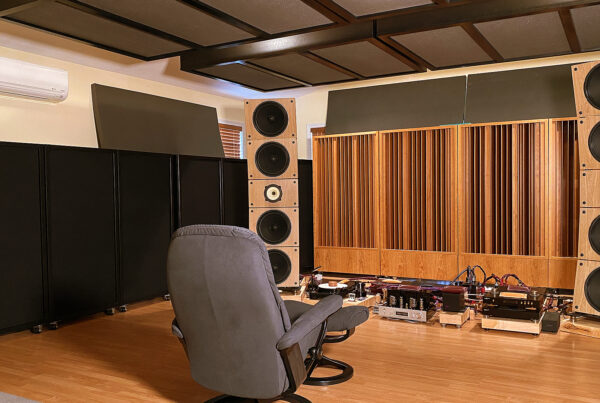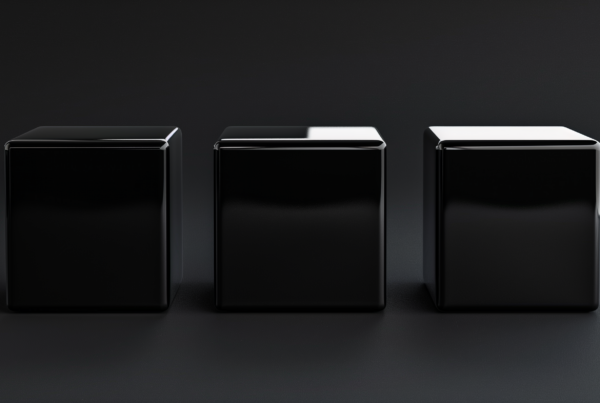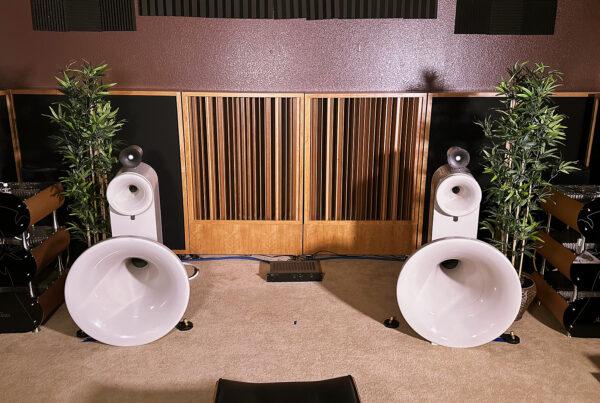Acoustic Design Project
Our First Dealer
Welcome to our exploration into the realm of high-fidelity audio, presented by Acoustic Fields in collaboration with Joshua Masongsong of Believe High Fidelity. This project offers a deeper understanding of the critical role of acoustic treatment in enhancing sound quality. Through Joshua's expert lens, we'll uncover the intricate balance between equipment optimization and room acoustics, and their combined effect on the auditory experience.
To understand the goal of the ultimate resolution possible between the gear and the room, one must understand that a room is really three rooms within one. We have three sound fields that comprise the total sound of the room. We have the floor to ceiling sound field, which is usually the smallest of the 3 soundfield dimensions. Next, we have the sidewall to sidewall sound field. Finally, we have the front to back sound field. We have 3 sound fields within any small room that all have different frequency and amplitude issues. One soundfield could have a 30 hz. room mode. A different sound field could have a 40 hz. frequency and amplitude issue. A third sound field could exhibit a 50 hz. issue. All with different frequency and amplitudes to manage. This is why it is paramount in any critical listening environment, we treat all three sound fields. There is no one size fits all.
Joshua was sent through our “training program”. We sent him low frequency management technology first. As we subscribe, you must begin with management of the low end in any room. We sent him our ACDA series since he listens to classical music which can start to produce frequency issues around 30 Hz. Most modern music types start at 40 hz. He placed our ACDA – 10 / 12 units on the front and sidewalls. This we know as the inverted U. The three most productive walls to treat for any low frequency management in most two channel rooms is the front wall along with both sidewalls. The rear wall is also a requirement but this room had no rear wall. It was open at the rear into other rooms. This is a good setup that allows low frequency pressure to leave but nothing for reflection management which is a critical middle and high frequency issue for 2 – CH listening.
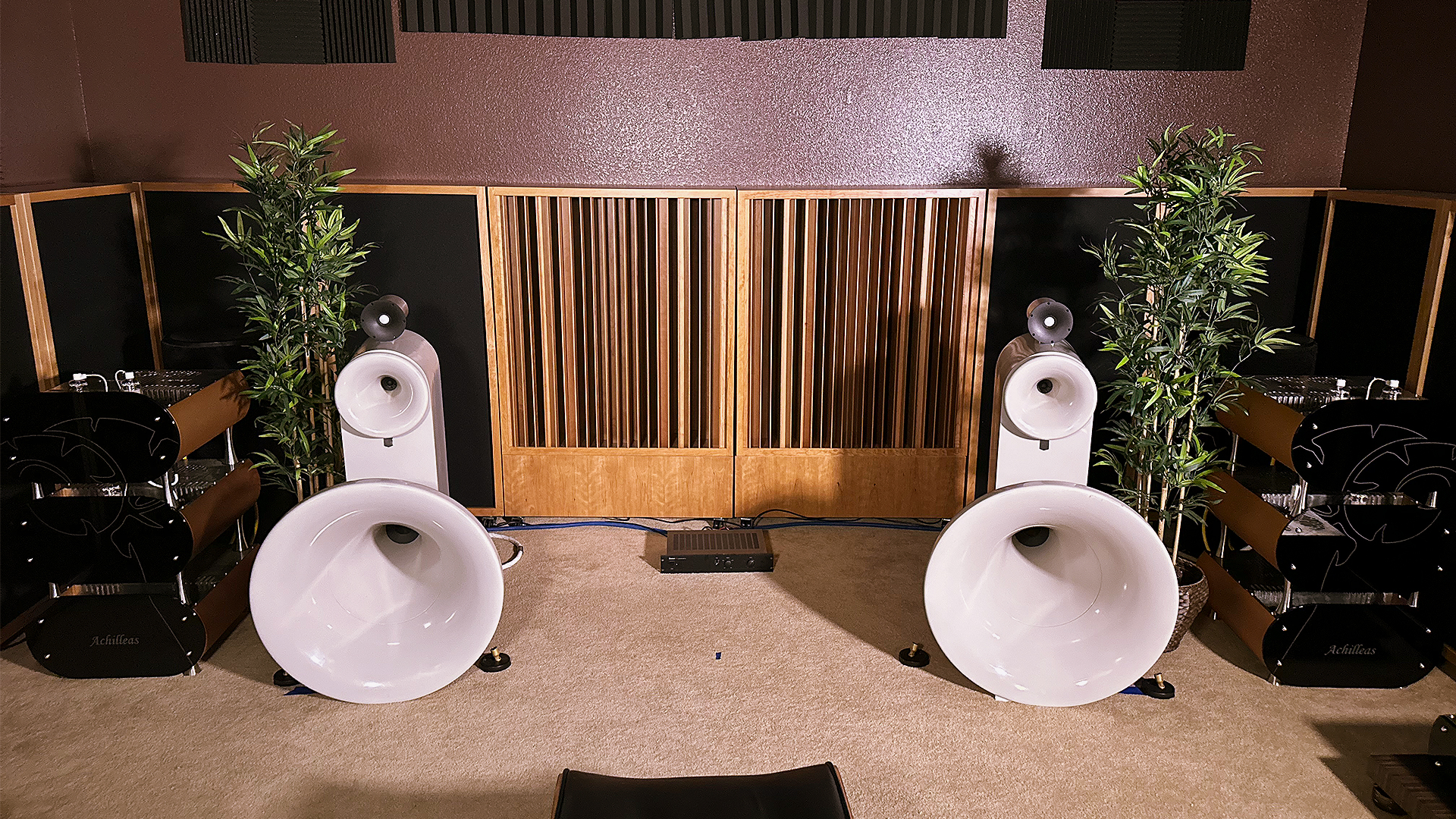
Joshua Masongsong’s Journey with ACDA Series and Diffusion Units
Once he spent a few months with the ACDA series, we moved to diffusion for the front and rear walls. Since he had only two diffusion units he could only treat either the front wall or the rear wall. He ended up with diffusion on the front wall after experimenting with diffusion on just the front and just the rear. He will be receiving an additional 4 diffusers for the rear wall to complete his sonic education. The final treatment was focused on the ceiling with 9 of our CPA units. These units were designed to address the lower frequency issues that start above 65 hz. This is a problematic start frequency range for 8 – 10′ ceiling heights. It is a requirement for the ultimate resolution to treat all the three sound fields within any small room. Treatment must have the proper rate and levels of both diffusion and absorption, have enough of that chosen technology on the appropriate surface area and place it in the proper position. Getting high resolution sound quality is a step by step process with no room for error.
Potential dealers should contact Joshua with any questions regarding his “training” process prior to making a decision to become a dealer. As a result of introducing different units at different time intervals, it is much easier to hear any difference whether those differences are large or small. It is also critical to the process that you hear the impact of both pressure and reflection treatments on each wall or ceiling surface area. Each adds its own “stink”. Listen to his comments on the lower frequency management with our ACDA series. He spends a lot of time with classical music, so dynamic range is a critical variable. Specific attack and decay rates are required for any low frequency management technology. This is where boxes filled with building insulation fail the task. They can go low but can’t get enough. If you can’t get enough, you can never win the battle. Listen to his discussion on diffusion. Diffusion works in the psychoacoustic sciences by fooling our auditory system into believing that the room is physically larger than it is by minimizing the impact of reflections from the room surfaces. It is designed to make a small room sound larger.
Video Walkthrough
This video is your front-row seat to experience the magic of Acoustic Fields’ acoustic treatments, from high-end equipment to transformative panels and diffusers that elevate sound clarity and immersion. Whether you’re an audiophile or new to the nuances of sound, this walkthrough is a must-watch, offering you insights into achieving the ultimate listening experience in your own space. Join us on this auditory journey and discover how to bring unparalleled clarity and depth to your music.
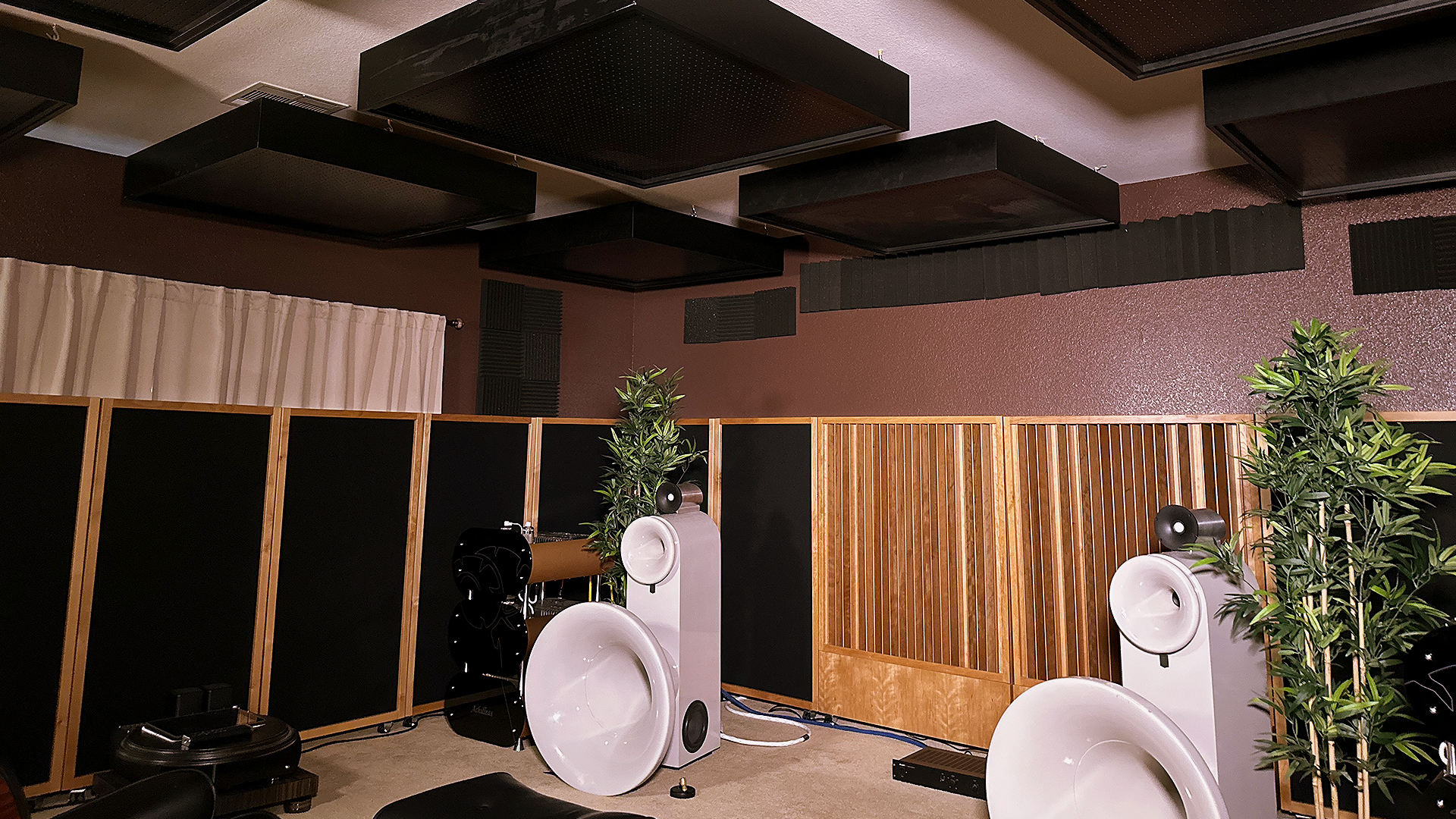
Comprehensive Acoustic Treatment
We have the ACDA -10 / 12 units with the 10 starting at 30 hz. and going strong but smoothly through 300 hz. Adding our foam technology behind the fabric face increases the performance curve up to 6,500 Hz. The ACDA-12 unit is our biggest low frequency, pressure sponge, starting at 30 hz. and going strong and smooth through 50 hz. These are truly broadband absorbers that start at 30 hz. The QDA-17 diffuser series incorporates both low frequency absorption using our carbon technology along with quadratic diffusion. The CPA is a perforated absorber that starts at 65 hz. and moves strong through 125 hz. One must use the acronym TAP. TAP stands for treatment type, amount of treatment, and the proper positioning of treatment. It’s all about surface area coverages. You must select the correct type, put enough of it on the offending wall surfaces, and position it correctly. With high resolution room requirements, the elevator to success is out of order. You must take the stairs one step at a time.
It is the treatment of wall, floor, ceiling room surfaces that are required in order to achieve the ultimate in sonic presentation value between the gear and the room. It is the treatment of all unwanted lower frequency pressure issues along with the proper reflection time signature management for both music and voice. We are seeking a balance in our critical listening rooms of both the direct and reflected energies. This is a critical relationship to achieve. It is also a requirement that all three sound fields be treated. We must treat the ceiling to floor soundfield with both pressure and reflection management technology. We must treat the sidewall to sidewall sound field with the proper pressure and reflection treatments. We must treat the front wall to rear wall soundfield for both unwanted pressure and reflection issues. We must treat all surfaces. There is no other way. Nothing is easy in this process. However, a step by step approach to the resolution goal is a very successful methodology.
Dealers Wanted
At Acoustic Fields, we’re excited to announce our 2024 goal of expanding our reach by partnering with three new dealers across the West, East, and Central regions of the U.S. With a strong foundation already in Texas, we’re eager to collaborate with partners who are passionate about the critical balance between gear and room acoustics. Watch this short video to better understand our requirements for dealers.
Foam & ACDA Performance
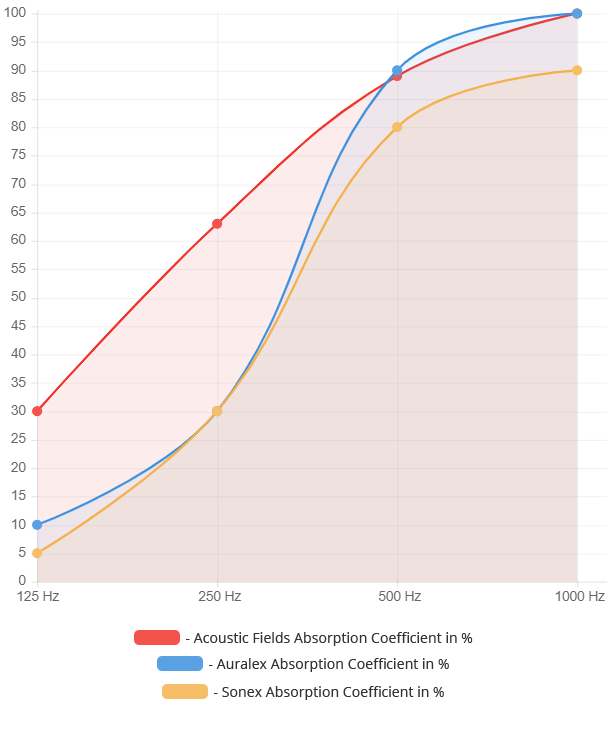
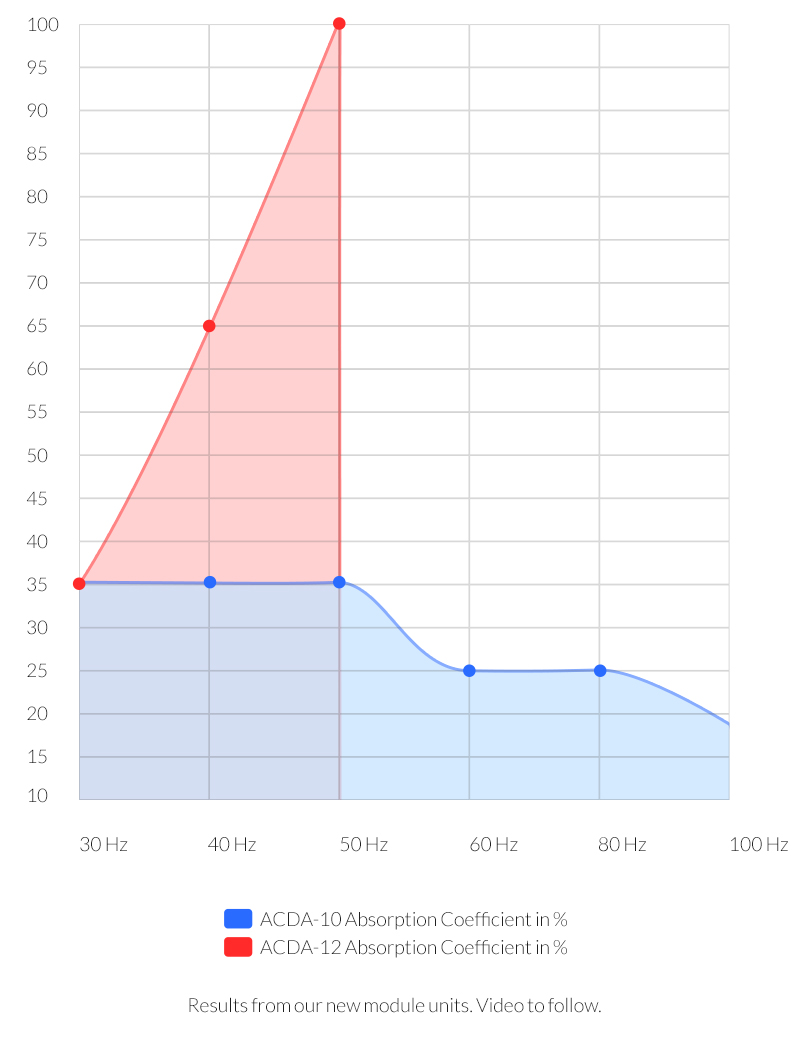
Featured Products
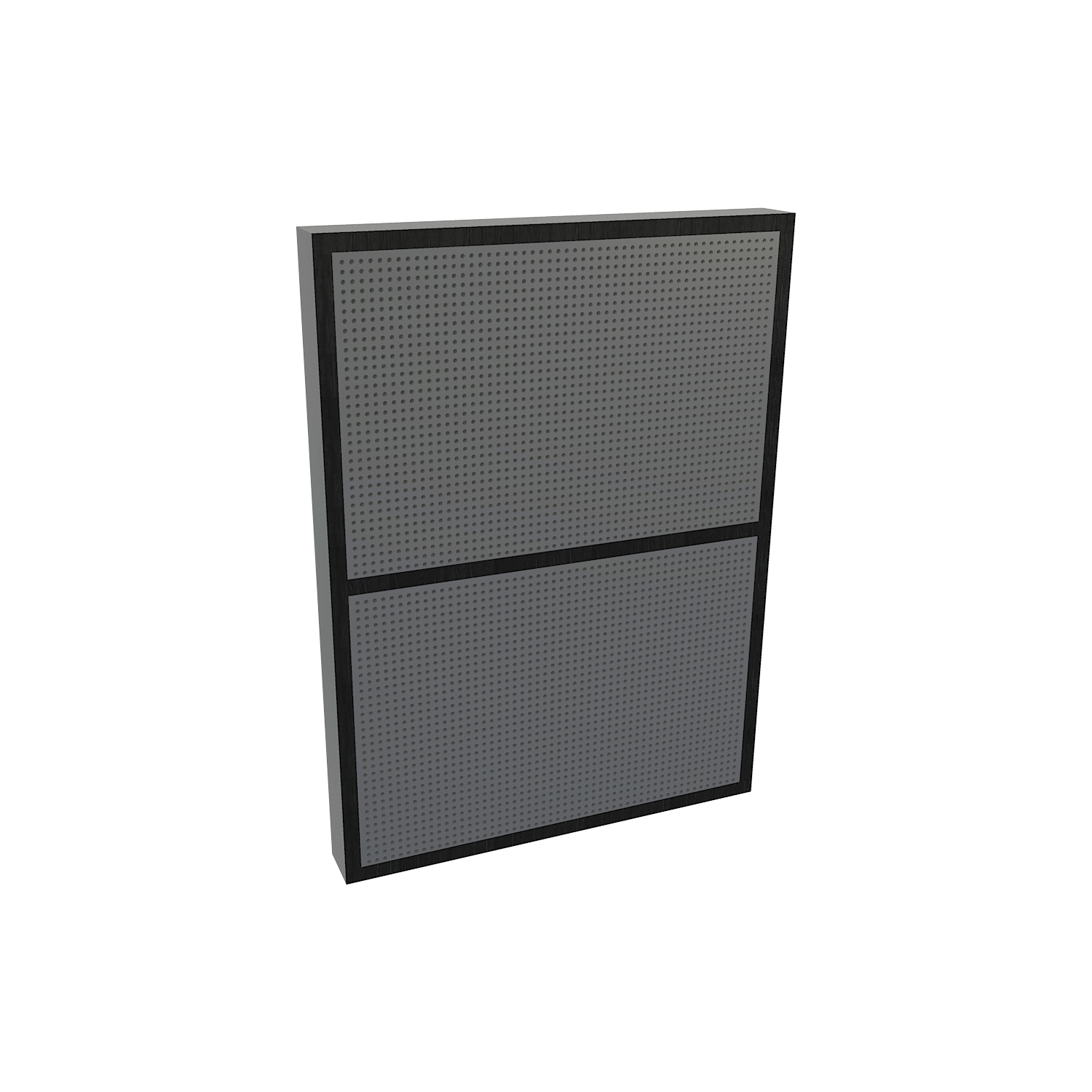
CPA – Ceiling Perforated Absorber
The CPA, is designed to address sound issues in small rooms with ceiling heights of 8′ to 10′. It combats modal pressure imbalances, effectively absorbing frequencies down to 65 Hz. The unit, measuring 48″ x 6 1/2″ x 76″ and weighing 75 lbs, comprises 6″ thick proprietary foam within a perforated structure. The design features a front plate with 1/4″ diameter holes, 1″ apart. It’s suitable for suspending over a DAW, with most small rooms requiring two units.
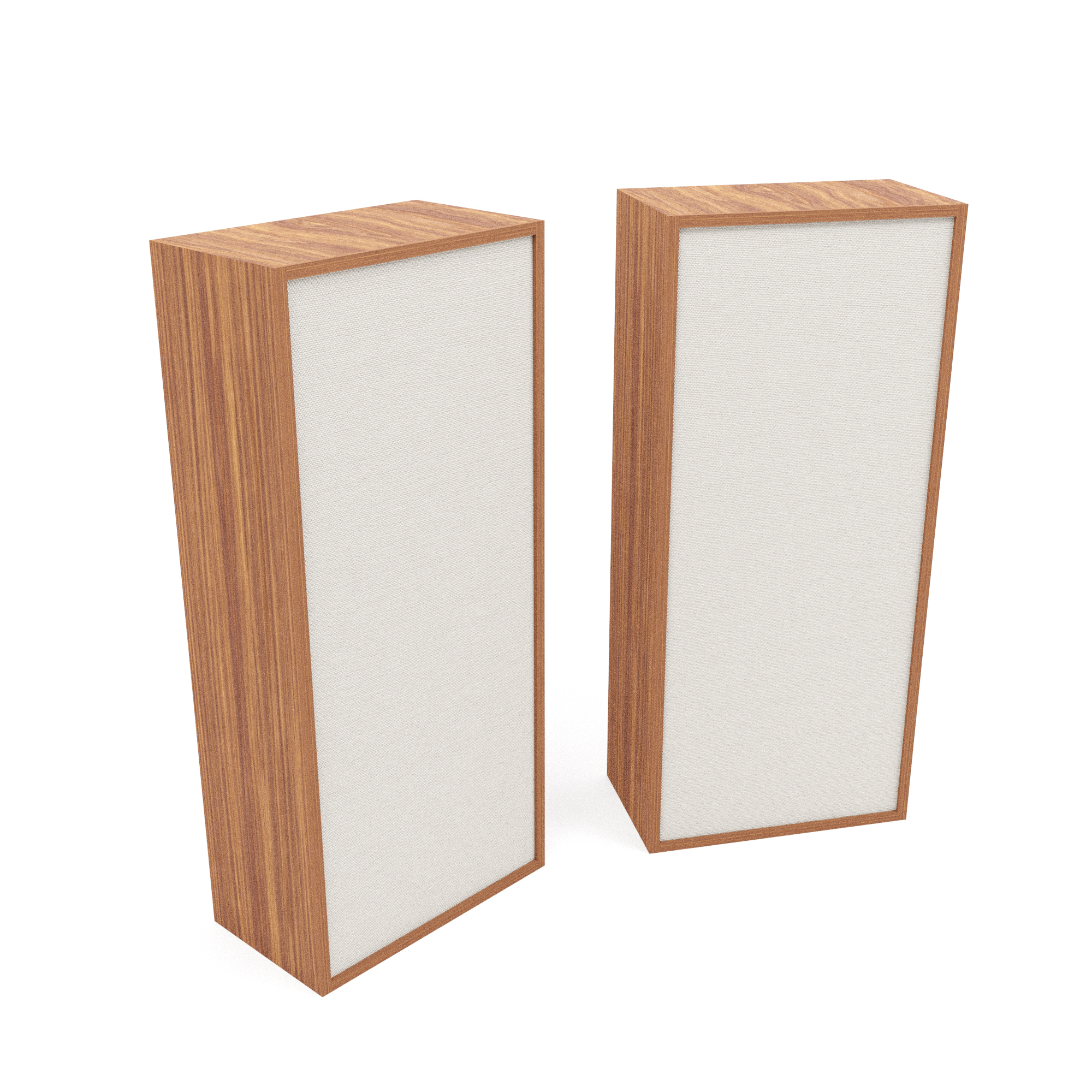
ACDA Series
The ACDA-10 STUDIO, blending carbon and foam technologies, absorbs frequencies from 30 to 6,300 Hz and is tailored for easy studio integration. The more powerful ACDA-12 Studio targets 30 to 50 Hz with high efficiency and features a mobile, moisture-resistant design. Both units measure 30″ W x 60″ H x 16″ D, with the ACDA-12 weighing 240 lbs. They offer fabric or foam face options and are shipped on pallets for convenience.
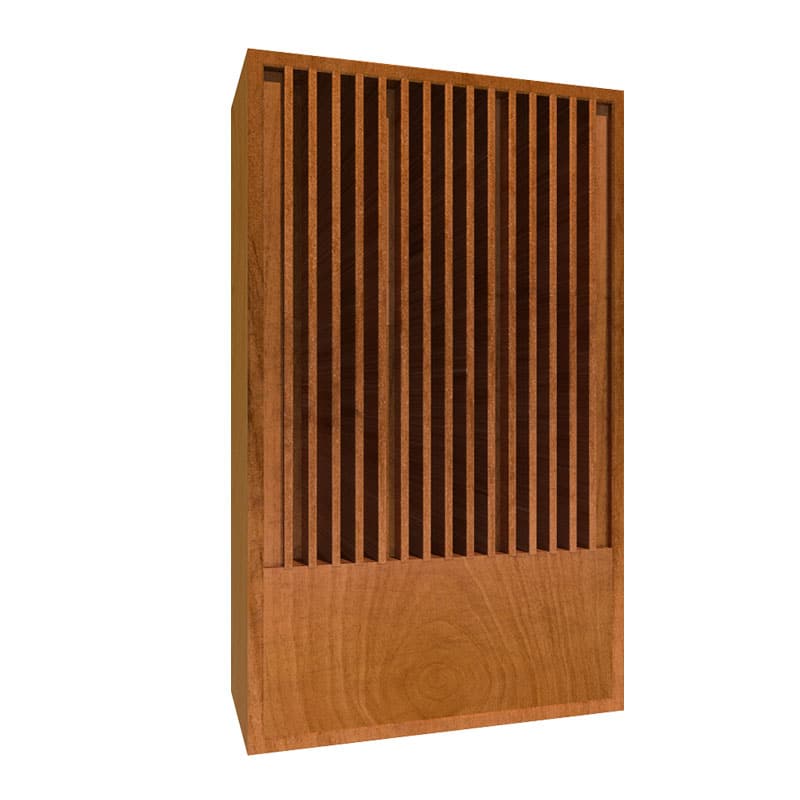
QDA-17
The QDA-17 is a unique acoustic solution, combining a quadratic diffuser (effective from 225 Hz to 3,450 Hz) with a powerful low-frequency absorber (30 Hz to 400 Hz). This unit, measuring 37″ W x 60″ H x 16″ D and weighing 325 lbs, not only enhances mid-range separation and definition but also ensures clarity and power in bass frequencies. Experience a deeper, more immersive sound stage with our flagship Quadratic Diffuser Absorber, crafted to complement your room’s aesthetics.
About
Joshua Masongsong is the owner of Believe High Fidelity in Austin, Texas, specializing in high-end audio equipment and acoustic optimization. With a deep-rooted passion for audiophile culture, he has built a reputation for expertly matching audio systems with room acoustics to enhance listening experiences. His work emphasizes the importance of precise acoustic treatment and equipment synergy, making him a respected figure in the high-fidelity audio community.
Do you want to solve your room acoustic problems?
There’s no one size fits all when it comes to room acoustics.
Get your FREE personal room acoustics analysis by chief acoustics engineer Dennis Foley.

